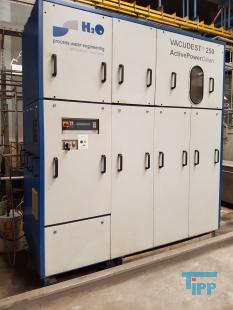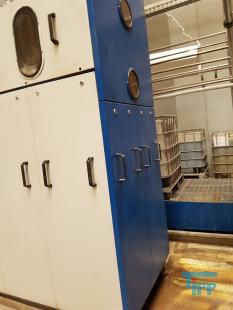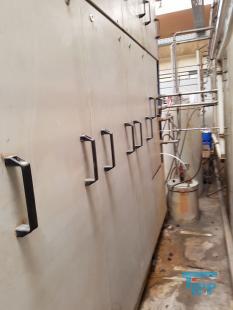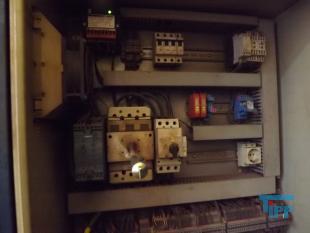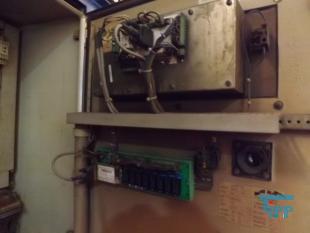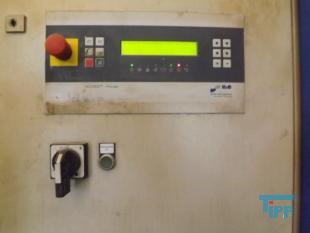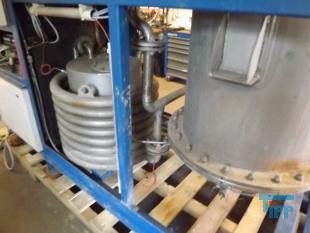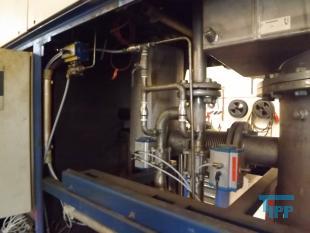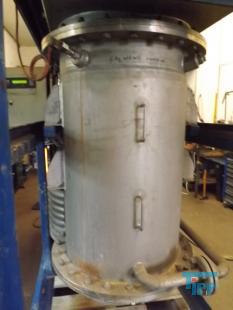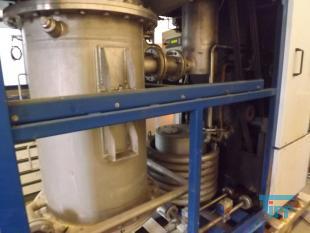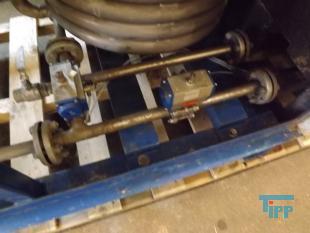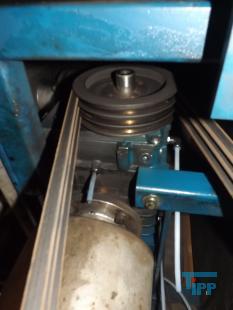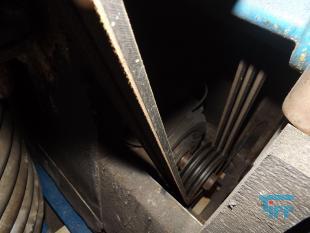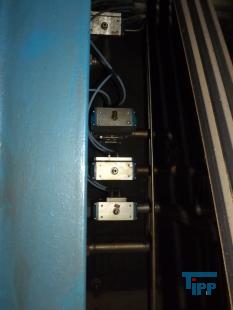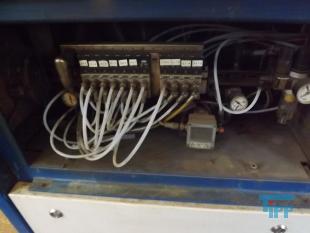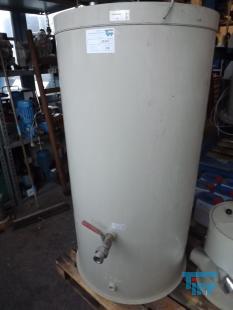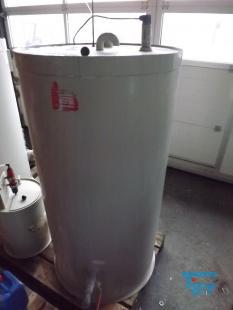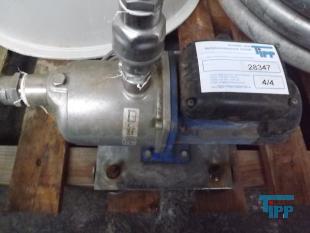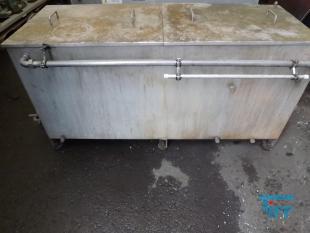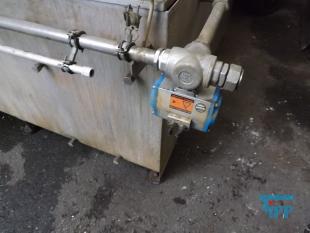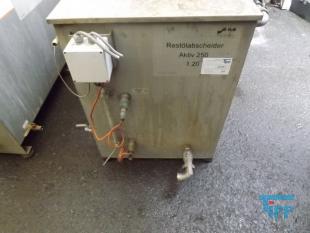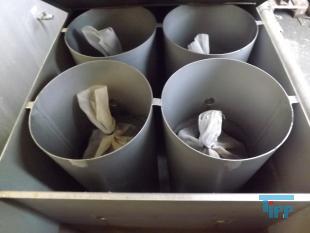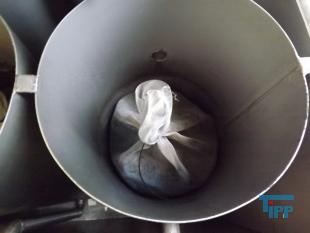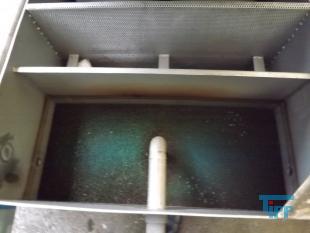H2O VACUDEST 250 NT vaccuum evaporator
details to article: 28347
HINWEIS: Dieser Artikel wurde bereits verkauft.Klicken Sie hier um ähnliche Artikel anzuzeigen.
description: Control and drive were successfully tested for basic function. A specialist firm has checked and approved the compressors, the condition of the wetted parts inside, all valves and claps and has swapped important seals. This company (not the manufacturer) would also commission the plant on-site and provide future service.
| Producer: | H2O |
| Typ: | VACUDEST 250 NT |
| Year of manufacture: | 2004 |
| Pieces: | 1 |
| Condition: | gebraucht / used / second hand |
informations about: evaporator Evaporator is a device used to turn (or allow to turn) the liquid form of a chemical into its gaseous form. An evaporator is used in an air conditioning system to allow the compressed cooling chemical, Freon, to evaporate from liquid to gas while absorbing heat in the process. It can also be used to remove water or other liquids from mixtures. The process of evaporation is widely used to concentrate foods and chemicals as well as salvage solvents. In the concentration process, the goal of evaporation is to vaporize most of the water from a solution containing the desired product. In the case of desalination of sea water, the reverse purpose applies; evaporation removes the desirable drinking water from the undesired product, salt. One of the most important applications of evaporation is in the food and beverage industry. Foods or beverages that need to last for a considerable amount of time or need to have certain consistency, like coffee, go through an evaporation step during processing. In the pharmaceutical industry, the evaporation process is used to eliminate excess moisture, providing an easily-handled product and improving product stability. Preservation of long-term activity or stabilization of enzymes in laboratories are greatly assisted by the evaporation process. Another example of evaporation is in the recovery of sodium hydroxide in kraft pulping. Cutting down waste handling cost is another major reasons for large companies to use evaporation applications. Legally, all producers of waste must dispose of waste using methods compatible with environmental guidelines; these methods are costly. By removing moisture through vaporization, industry can greatly reduce the amount of waste product that must be processed. The solution containing the desired product is fed into the evaporator and passes a heat source. The applied heat converts the water in the solution into vapor. The vapor is removed from the rest of the solution and is condensed while the now concentrated solution is either fed into a second evaporator or is removed. The evaporator as a machine generally consists of four sections. The heating section contains the heating medium, which can vary. Steam is fed into this section. The most common medium consists of parallel tubes but others have plates or coils. The concentrating and separating section removes the vapor being produced from the solution. The condenser condenses the separated vapor, then the vacuum or pump provides pressure to increase circulation. From Wikipedia, the free encyclopedia | ||||||||||||||||||||||||||||||||||||||||||||||||
| email: mail@tipp-international.de | ||||||||||||||||||||||||||||||||||||||||||||||||
| Internet: www.tipp-international.de | ||||||||||||||||||||||||||||||||||||||||||||||||




